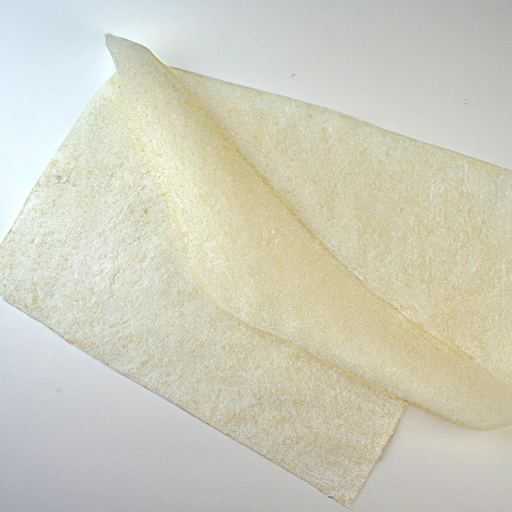Edible Rice Paper
Description

Edible rice paper, also known as rice sheets or bánh tráng, is a thin, translucent sheet made from a mixture of white rice flour, tapioca flour, salt, and water. This delicate ingredient is dried after steaming and becomes pliable when dampened. Traditionally used in Asian cuisine, rice paper is gaining popularity internationally because of its versatility and ease of use. It serves as a low-calorie, gluten-free alternative to wraps and pastries and accommodates a wide range of dietary preferences.
Common uses
Edible rice paper is widely used in various culinary applications, from creating fresh spring rolls to crafting delicate desserts. It is also utilized as an edible lining for baking, preventing sticking and allowing for easy removal of baked goods. Its neutral flavor and texture make it an ideal base for both sweet and savory fillings, catering to an array of tastes and preferences.
Nutritional value
Calories
Typically, a single sheet of edible rice paper (approximately 22 cm or 8.5 inches in diameter) contains about 30 to 40 calories.
Protein
Edible rice paper is low in protein, with each sheet providing roughly 1 gram of protein, depending on the brand and size.
Fat
Edible rice paper is virtually fat-free, containing less than 1 gram of fat per sheet.
Carbohydrates
A single sheet of rice paper consists mainly of carbohydrates, averaging around 8 grams, mostly in the form of starch.
Vitamins
Edible rice paper is not a significant source of vitamins; however, it may contain small amounts of B-vitamins depending on the rice used.
Minerals
It contains trace amounts of minerals such as iron and potassium, but not in substantial quantities to contribute greatly to the daily recommended intake.
Health benefits
As a low-calorie, gluten-free alternative to other types of wraps and pastries, edible rice paper can be a beneficial addition to various diets. It provides a source of quick energy due to its carbohydrate content and can be part of a balanced diet when used to wrap nutrient-dense fillings like vegetables, lean meats, or tofu.
Potential risks
While edible rice paper is safe for most individuals, those with specific dietary restrictions or allergies to rice should avoid it. It is also important to consume it in moderation as part of a balanced diet due to its high carbohydrate content and low nutrient density.
Common recipes
Edible rice paper is famously used in Vietnamese fresh spring rolls (gỏi cuốn), where it is filled with shrimp, herbs, vermicelli, and vegetables, then rolled and served with dipping sauce. It is also used in making fried spring rolls, rice paper dumplings, and as a base for various appetizers and desserts.
Cooking methods
Rice paper does not require cooking. To use, it is simply soaked briefly in warm water until it becomes pliable, then filled and rolled. It can also be fried or baked to create crispy textures, adding a delightful crunch to dishes.
Pairing with other ingredients
Edible rice paper pairs well with a multitude of ingredients, including fresh vegetables, herbs, fruits, lean meats, seafood, tofu, and rice noodles. It complements both sweet and savory sauces, from peanut to hoisin and sweet chili.
Summary
Edible rice paper is a versatile and convenient ingredient that can be used to create a multitude of dishes, ranging from traditional Vietnamese spring rolls to innovative desserts. With its low-calorie profile and gluten-free composition, it accommodates various dietary needs and preferences while providing a distinctive texture and presentation to meals.